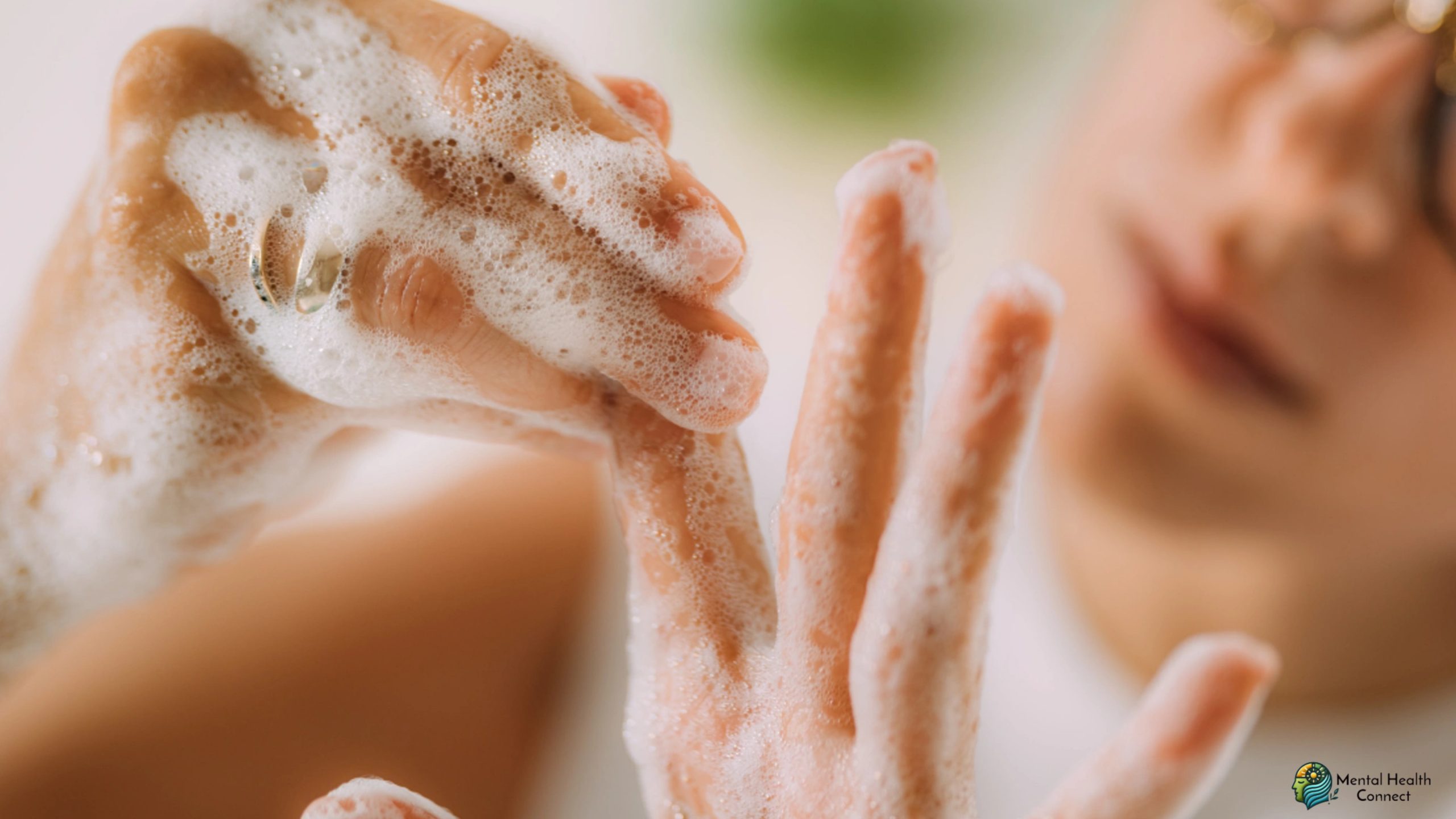The Impact of Abuse in Entertainment on Mental Health Awareness

Abuse depicted in entertainment, whether in movies, television, or literature, has a profound impact on raising mental health awareness. By portraying stories of physical, emotional, or psychological abuse, creators shine a light on often-overlooked issues, fostering dialogue, empathy, and understanding. However, the portrayal of abuse also comes with risks, such as triggering viewers or perpetuating stereotypes. This dual-edged impact warrants a closer look at how entertainment shapes conversations about mental health.
How Entertainment Drives Awareness
1. Normalizing Conversations About Abuse
Media often acts as a mirror to societal issues. When stories of abuse are told authentically, they can:
- Break the stigma surrounding abuse and mental health.
- Encourage survivors to seek help by showing relatable experiences.
- Highlight the emotional and psychological toll of abuse on individuals and families.
For example, shows like Big Little Lies and movies such as Precious depict domestic and familial abuse, sparking public conversations and advocacy for victims’ rights.
2. Educating the Public
Through compelling narratives, entertainment educates audiences about the signs of abuse, its effects, and the importance of support systems. It can:
- Inform viewers about conditions like PTSD, anxiety, or depression linked to abuse.
- Offer insights into the dynamics of abusive relationships and why victims may struggle to leave.
- Advocate for systemic changes, such as legal reforms and better mental health services.
3. Fostering Empathy
Well-told stories humanize the experiences of survivors, fostering empathy among viewers who may not have experienced abuse firsthand. This emotional connection can lead to:
- Increased support for mental health resources.
- Greater awareness of societal issues contributing to abuse, such as power imbalances or cultural norms.
Potential Risks in Portrayal
While entertainment has the power to educate, it also carries risks:
- Triggering Trauma: Graphic or insensitive depictions of abuse can retraumatize survivors.
- Oversimplification: Complex issues like abuse may be oversimplified, leading to misunderstandings about its causes or solutions.
- Reinforcing Stereotypes: If not handled carefully, portrayals may perpetuate harmful stereotypes about victims or perpetrators.
Creators have a responsibility to approach these narratives thoughtfully, consulting experts and survivors to ensure accuracy and sensitivity.
Positive Examples in Entertainment
Several projects stand out for their nuanced and responsible handling of abuse and mental health:
13 Reasons Why: While controversial, the show initiated widespread discussions about bullying, sexual assault, and suicide.
- The Color Purple: A timeless exploration of abuse, resilience, and healing.
- Maid: This Netflix series highlights the struggles of a domestic abuse survivor seeking independence while navigating trauma.
- Such stories emphasize the importance of representation, helping viewers feel seen and understood while educating the broader audience.
How Entertainment Shapes Support Systems
Abuse narratives in entertainment often lead to tangible outcomes, such as:
- Increased funding and visibility for mental health organizations.
- The establishment of helplines and resources featured during or after the credits of shows or movies.
- Public campaigns advocating for survivors’ rights, spurred by the popularity of these narratives.
A Call for Balanced Representation
The entertainment industry plays a crucial role in shaping societal attitudes toward abuse and mental health. By portraying abuse responsibly, creators can inspire action and empathy while minimizing harm. They must prioritize survivor-centered storytelling, engage with mental health professionals, and provide content warnings to protect vulnerable audiences.
Ultimately, when abuse in entertainment is handled thoughtfully, it becomes a powerful tool for raising awareness, fostering compassion, and driving change in mental health advocacy. As audiences, our role is to engage critically, support survivors, and amplify the call for better representation and resources in both media and real life.
-
 How to Support Someone with OCDApril 17, 2025
How to Support Someone with OCDApril 17, 2025 -


Leave a Reply